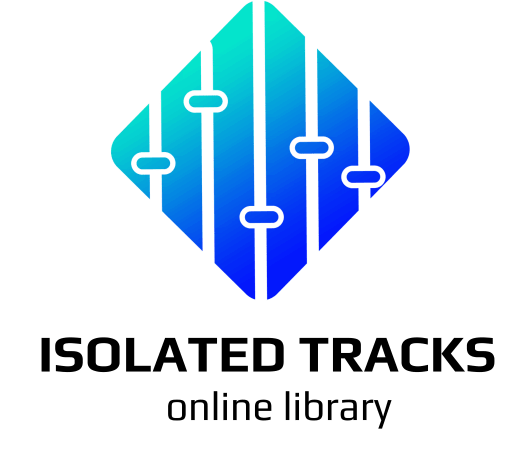Jimi Hendrix: “Purple Haze” (Multitrack)
- Multitracks >
- Rock >
- Jimi Hendrix >
- Purple Haze
Having isolated tracks of `Purple Haze` by Hendrix, Jimi, you will be able to make own mix of this composition.
About this multitrack:
Artist: Hendrix, Jimi Genre: Rock Release date: 1967 Duration: 3:06 Key: Em (Original key) Tempo: variable (around 110 BPM) Fadeout: there's NO fadeout in the end Language: English Channels quantity: 8Multitrack preview (15 sec)
1. Multitrack player provides a short preview. To download, click the links below. Premium membership is requried. Downloads start immediately. 2. The full demo mix (with vocals) is available for FREE for each song! 3. We do not generate mixes online. You can import the downloaded audio into any audio editor. Beginners can use Audacity, Reaper, etc. Got it!
L
R
Master
- FREE OPTIONS (if registered)
- 1) Download a full-length DEMO mix of ANY SONG.
- 2) Download free tracks and test your device.
Download This Multitrack
The represented recording from our Rock stems catalog might be useful for:
- Musicians performing great song «Purple Haze» from Hendrikx's repertoire
- Solo vocalists and back-vocalists
- Guitarists (electric), rhythm guitarists
- Performers on the bass guitar
- Drummer (acoustic kit)
- Instrumental players willing to simplify the process of transcribing of sophisticated parts

Aritst Info
Multitracks like this










Your Wide Opportunities

-
Mix Balance
Fine-tune volume, pan, and spatial placement for a clear mix.
-
Non-Destructive Editing
Rearrange and cut audio without altering original recordings.
-
Per-Track Control
Adjust levels, EQ, and effects independently for each channel.
-
Flexible Routing
Send tracks to physical outputs, virtual busses, or custom headphone mixes.
-
Automation
Perform fader moves, pan changes, or effect tweaks in real time, or draw automation curves for precise, repeatable control.
-
Per-Channel Processing
Apply EQ, compression, reverb, or distortion independently per track.
-
Remixing
Rebuild or rearrange songs easily with access to all individual elements.
-
Time & Pitch Adjustments
Stretch, shift, or align tracks independently per channel.
-
Layering Possibilities
Re-play parts, add VST/RTAS instruments, or stack new sounds on top of existing tracks.
Enjoy rich, studio-quality sound with full control over how you play and create. Explore a wide range of tracks across every style, ready to download in professional formats. Whether you’re practicing, teaching, or performing, you’ll find tools that fit your needs. With smooth playback, easy access, and a supportive community, this collection grows with you.
